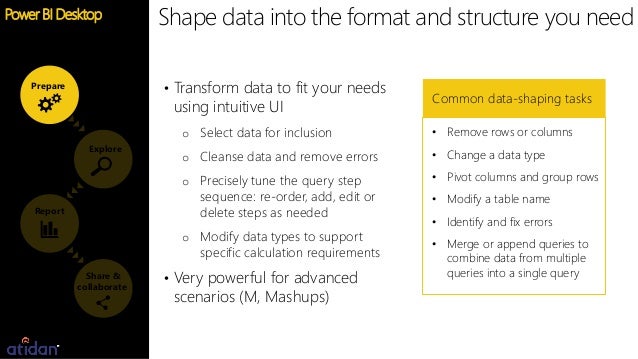Postgres - Transpose Rows to Columns. Ask Question Asked years,. And in particular, for extra columns : Pivot on Multiple Columns using Tablefunc;. Often in bioinformatics I receive a dataset that is entirely non-relational.

For instance, every row is a gene, every column is a biological sample, and the cell values are the expression levels of each gene measured by microarray. With unpivot you need the column which states the source of the values, what these sources are and the list of columns you want to convert to rows. Converting Rows to Columns.
I have a query like this that tries to link. In this section we will cover the Pivot statement in Oracle and will get idea about the SQL Pivot Multiple Columns with syntax. The pivot statement in oracle used to aggregate your and convert rows in columns format. You will get better idea about pivot in Oracle in following section which gives you explanation about syntax.

Bringing Dynamism to the PIVOT. When I transpose it for use in the database (or pivot it in Excel), it actually multiplies the number of rows. Password Forgot your password? The XML option to transposing rows into columns is basically an optimal version of the PIVOT in that it addresses the dynamic column limitation. How to convert columns to rows and rows to.
The XML version of the script addresses this limitation by using a combination of XML Path, dynamic T-SQL and some built-in T-SQL functions such as STUFF and QUOTENAME. Pivot time series into date period columns with array aggregate cells. Browse other questions tagged postgresql aggregate pivot or ask your own question. Mysql Pivot rows into dynamic columns with unknown number of columns.
Time Series Table ( Many Columns ) Design Recommendations. Pivot Table with Progress Chart and Dashboard - Duration: 26:29. Officeinstructor 010views. Overall, the benefits of colpivot() benefits are: Completely dynamic, no row specification required.
Gives complete control over output columns order and limit. Easier to understand and use. Recently someone asked me how to do the reverse (convert columns to rows ). Showing data in columns vs rows is purely about representation of the data as opposed to how it is stored in a database. A pivot table enables you to change the makeup of a relational table and summarizes it. The “tablefunc” module provides the CROSSTAB() which uses for displaying data from rows to columns.
Maria Alcaraz Database Developer. It is important to note that the values of this column will expand into many columns in the pivot table. If the second column returns five different values (geography, history, and so on) the pivot table will have five columns.
Is UNPIVOT the best way for converting columns into rows ? I’m going to explain when to use EAV and how to transpose a et so that rows become columns. Dynamic pivot tables (transform rows to columns) MySQL pivot table with dynamic headers. Let’s assume we have a table of properties (a properties table) – ‘properties’ (script of its creation is given below), and we need to do data transformation for the report. Below, the Oracle CASE function to create a crosstab of the , such as this example from SearchOracle: select Sales. The client-side presentation layer can also do the work of transposing rows into columns from a non-pivoted dataset.

In fact, some people argue that the pivot is a purely presentational problem, which is right in the sense that it’s exactly the same data that is shown in the end. How can multiple rows be flattened ? In this requirement, Item and code A has to display Part Sum and Average and then Part Sum and Average and this can change based on the value in Parts column. This is the most popular question asked in an interview as well as over the internet. We can Transpose Rows to Columns and Columns to Rows in Oracle usin. In my previous article on the basic pivot operator, we saw how pivot operator could be used to convert rows to columns , resulting in pivot tables.
We saw that there were three main steps to create a pivot table. A while ago I wrote a tutorial on how to transpose rows to columns using Oracle SQL. The first step was selecting the base data.
So, here is a tutorial that shows a couple of ways you can do this.
Hiç yorum yok:
Yorum Gönder
Not: Yalnızca bu blogun üyesi yorum gönderebilir.